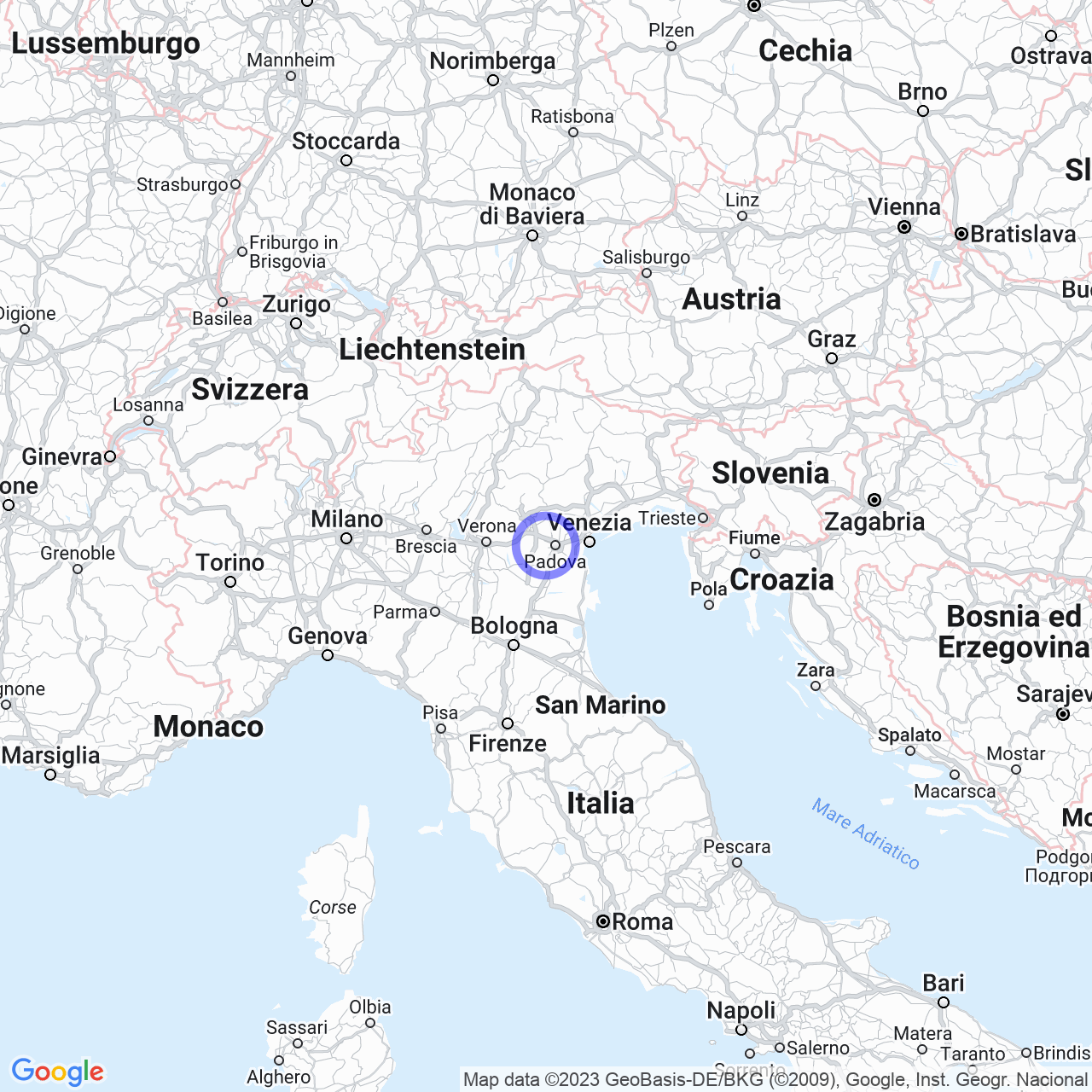Saccolongo
Let's discover together the history and symbols of the small municipality of Saccolongo
Saccolongo is a charming municipality located in the Province of Padua, in the Veneto region, with a population of approximately 4854 inhabitants. In this text, we aim to discover the origins of its name, the symbols that represent this municipality, and finally, take a leap into the past to understand its history.
Origins of the name
The toponym of the municipality is first recorded in two donations of 1083 and in a notarial deed of 1088. However, despite the time elapsed since the first recordings, there are uncertainties regarding the origin and meaning of the name.
The first interpretation suggests that it derives from the term "saccus" (bag), attributed to the inlets formed by the floods caused by the Bacchiglione, which crosses the territory of Saccolongo. The second interpretation relates the term "saccus" to the fact that Saccolongo was a place in the Terra della corona where, since Longobardic times, taxes or tributes due to the Treasury were collected.

Symbols
The coat of arms and the flag of Saccolongo were granted by decree of the President of the Republic on March 19, 1979.
The wavy band in the coat of arms represents the Bacchiglione River, which crosses the territory of the municipality. The canoe, instead, recalls a boat dating back to 1000 BC, found in the bed of the Bacchiglione River in 1950 and now kept at the Civic Museum of Padua. The green chief symbolizes the Strada Pelosa, located north of the territory of Saccolongo.
The most interesting elements of the coat of arms are the two Bisante - the coins in use in Longobardic times - and the Olla, the container that highlights the Creola fraction, whose toponym derives from "creta ola" because earthenware pots were made there.
The flag is a red and white quartered drape.
History
Prehistory and ancient age
The territory of Saccolongo shows human presence since prehistoric times, as evidenced by the finds. These have been mainly identified in Creola, where the confluence of the Paduan Tesina in the Bacchiglione and the transit of some land routes allowed the formation of a settlement with a commercial port. Among the findings, there is an outrigger canoe made towards the end of the second millennium BC and now exhibited at the Civic Museum of Padua.
Regarding the ancient age, the findings are less consistent. It is known of the existence, always in the surroundings of Creola, of a furnace for the production of pottery and bricks bearing the marks "Cameriana" and "Servilia". In this historical period, the area was influenced by Padua, one of the main cities of the X Regio.
The Christianization of the territory is traditionally traced back to the proto-bishop Prosdocimo of Padua (1st century), although modern historians place the establishment of the diocese of Padua during the 3rd century. From this moment, the foundation of the pievi from which various chapels depend begins and (as attested by a document from 1147) the church of Creola is subordinated to that of Montegalda.
Middle Ages
The Middle Ages are more recent than the other epochs described above and were characterized by significant political instability. This was due to the position of the border territory of Saccolongo with that of Vicenza. It is known that Creola hosted a castle feuded by Emperor Otto II to Ingilfredo Conti and that it was destroyed in 1198 by the people of Vicenza.
However, the history of the main town of Saccolongo is linked to the monastery of Santa Maria, founded around the year 1000 by the Benedictines of the basilica of Santa Giustina with the aim of restoring a swampy and uninhabited area.
Conclusions
In conclusion, the history of Saccolongo is fascinating, and its cultural heritage is of inestimable value. The symbols of the coat of arms and the flag represent the history of the territory and its people through images that evoke the history of the Bacchiglione River and the Creola area, known for its production of earthenware pots.
Anyone who has the opportunity to visit Saccolongo will have the chance to learn more about the history of the area, made up of men and women who have contributed to making this municipality a fascinating and pleasant place to live.
